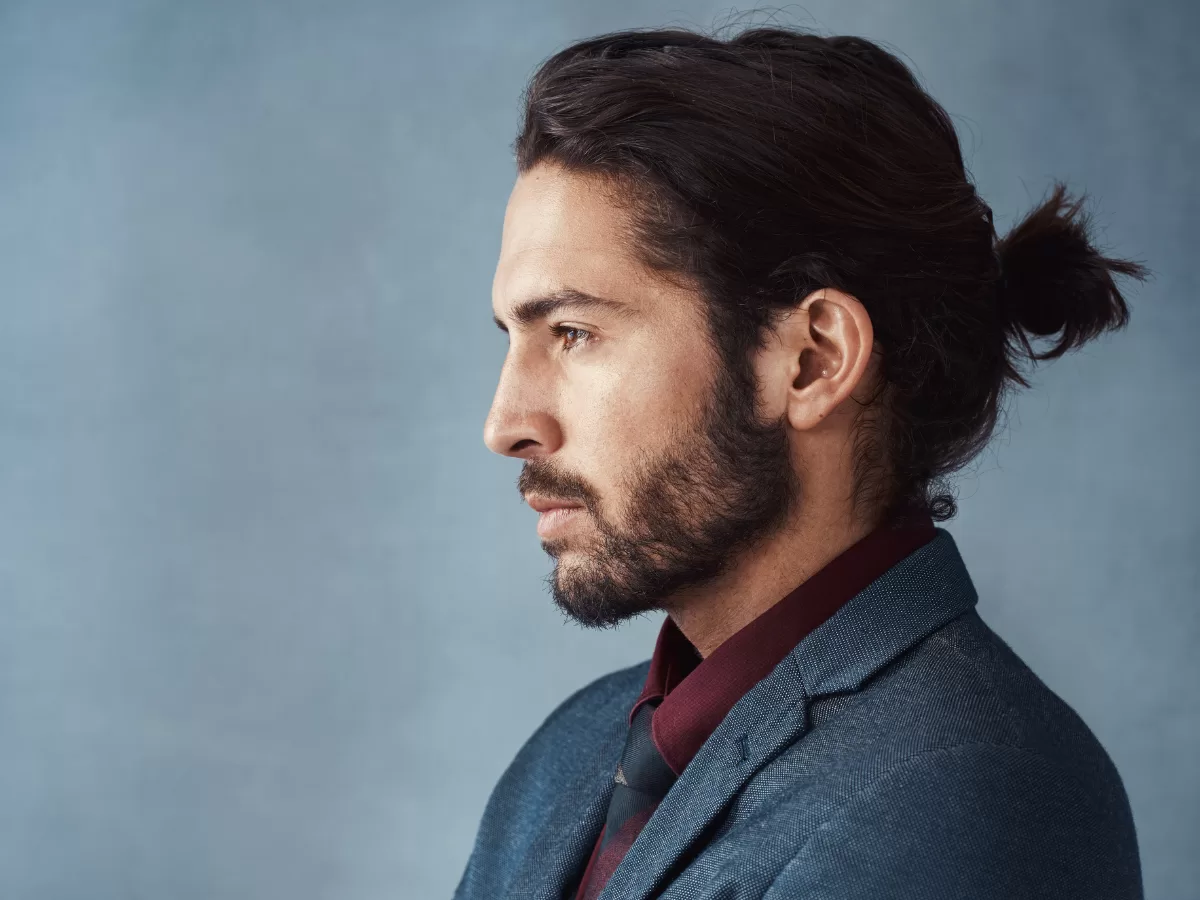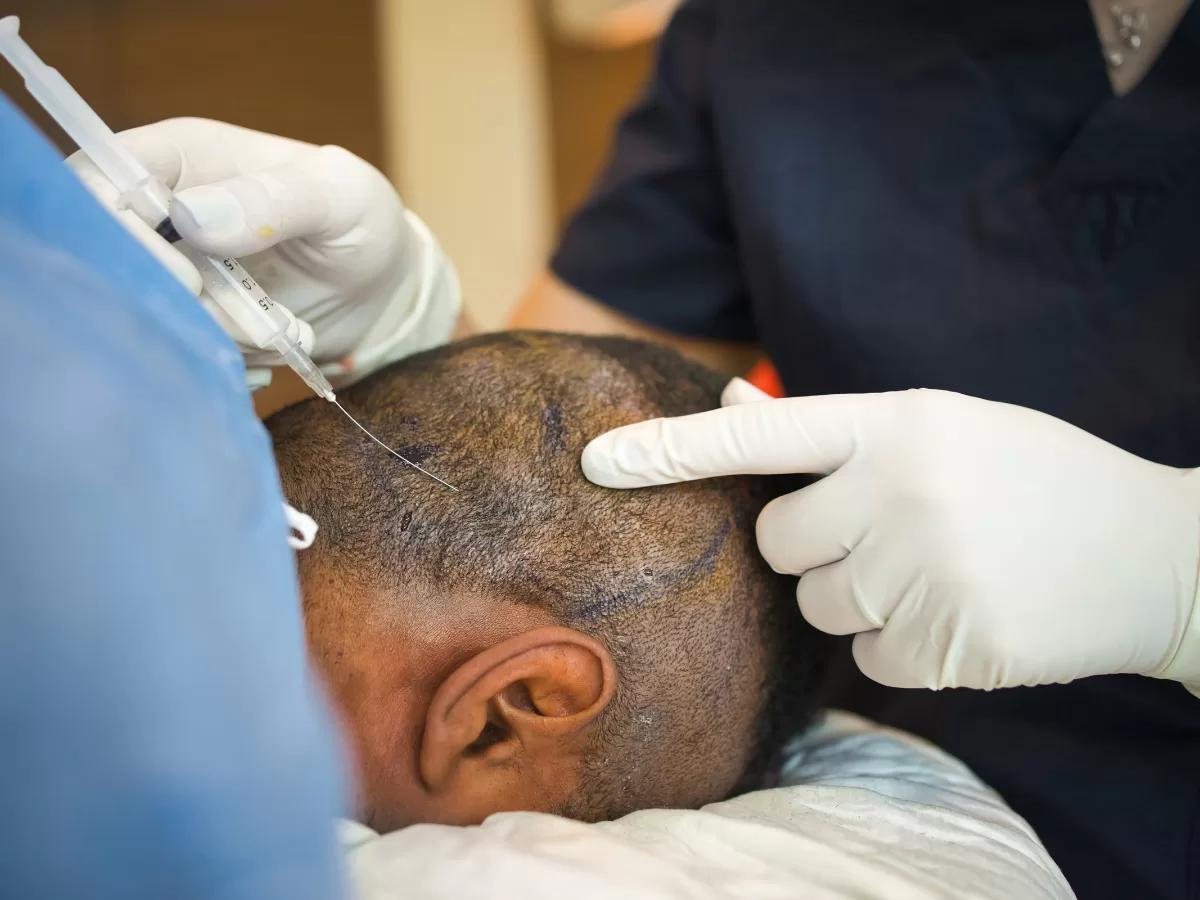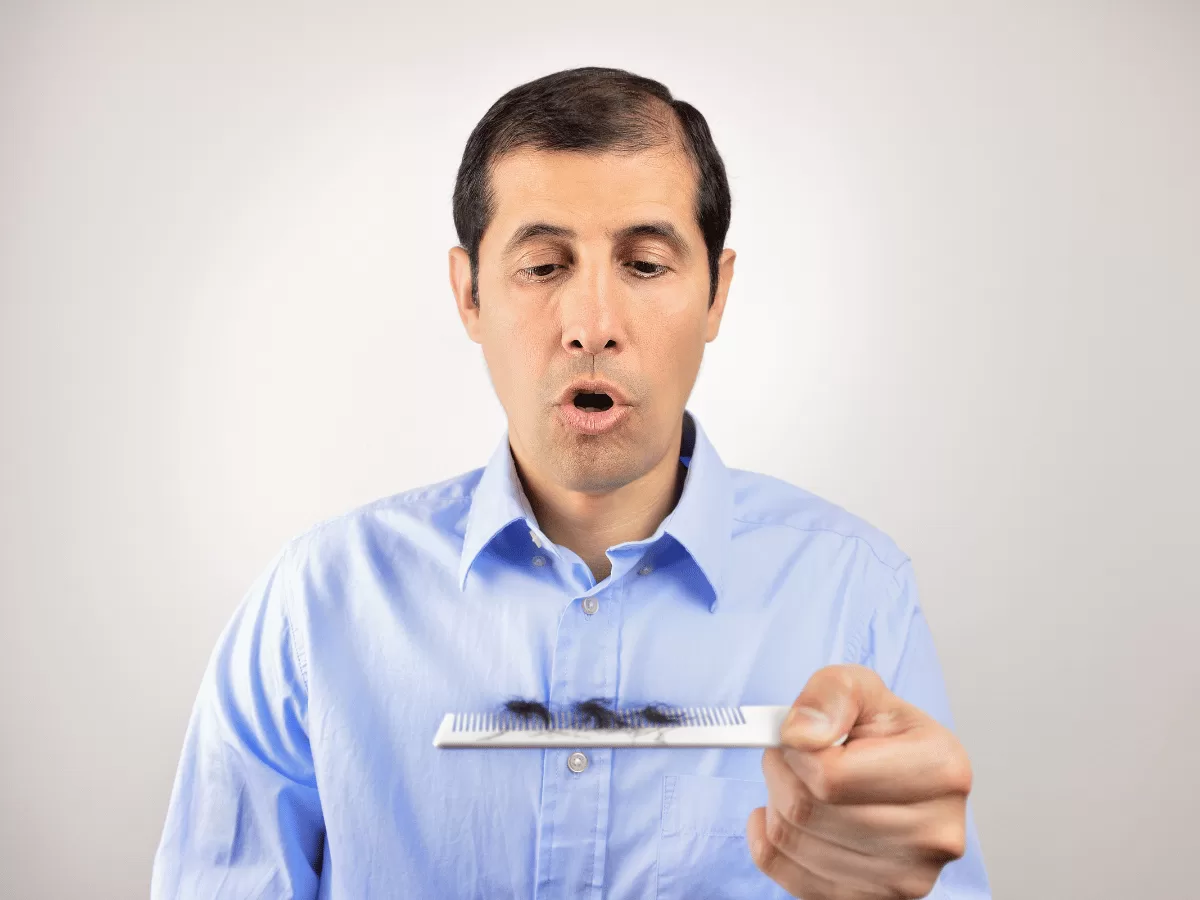
Does Your Bun Cause Hairline Receding? Unpacking the Truth About Traction Alopecia
The bun – a timeless, versatile, and often convenient hairstyle. Whether it’s a sleek top knot for a professional look, a messy bun for casual comfort, or a ballerina bun for elegance, this popular style is a go-to for many. But for those concerned about hair health, a common question often surfaces: Does wearing a bun recede your hairline?
The answer is yes, it can. While a casual, loose bun worn occasionally is unlikely to cause significant damage, a tight, frequently worn bun can indeed contribute to hairline recession and a specific type of hair loss known as Traction Alopecia.
Understanding Traction Alopecia: The Culprit Behind Hairline Recession
Traction alopecia is a form of hair loss caused by prolonged or repetitive pulling on the hair follicles. When hair is consistently pulled tight in styles like:
- Tight Buns (especially high or slicked-back buns)
- Ponytails
- Braids (tightly woven cornrows or extensions)
- Dreadlocks (especially when newly formed or pulled tight)
- Hair Extensions (poorly applied or maintained)
The constant tension on the hair roots can lead to inflammation and damage to the hair follicle. Over time, this chronic pulling can permanently damage the follicle, leading to a cessation of hair growth and a receding hairline, particularly around the temples and along the front and sides of the scalp.
Why Buns Are a Common Factor
Buns are particularly prone to causing traction alopecia because of the way they often pull the hair back from the face and scalp. When you gather your hair tightly and secure it high on your head or at the nape of your neck, the continuous tension on the follicles at the hairline is significant. This is especially true for:
- Slicked-back styles: Using gels or strong elastics to create a very smooth, taut look.
- Heavy buns: Large, heavy buns or those augmented with hairpieces can add extra weight and pull.
- Sleeping with a tight bun: Prolonged tension while sleeping can exacerbate the problem.
Early Warning Signs and What to Look For
It’s important to be aware of the signs of traction alopecia before permanent damage occurs:
- Small, broken hairs around the hairline.
- Redness, itching, or soreness on the scalp, especially at the hairline.
- Folliculitis (small pimples around hair follicles).
- Thinning hair around the temples and front hairline.
- Shiny, smooth skin in affected areas, indicating permanent damage to follicles.
- Headaches from chronic tension.
Preventing Hairline Recession from Buns
The good news is that traction alopecia is often reversible in its early stages. Here’s how you can prevent it:
- Loosen Up Your Styles: Opt for looser buns and ponytails. Avoid pulling your hair back too tightly.
- Vary Your Hairstyles: Don’t wear the same tight style every day. Alternate with loose styles, wearing your hair down, or using gentler accessories.
- Choose Hair-Friendly Accessories: Use fabric-covered elastics, scrunchies, or soft hair ties instead of rubber bands or thin, tight elastic bands.
- Avoid Sleeping in Tight Styles: Let your hair down or put it in a very loose braid or bun before bed.
- Be Gentle When Styling: Don’t yank or pull your hair when brushing or styling.
- Limit Chemical Treatments: Chemical processes (like coloring or perming) can weaken hair, making it more susceptible to breakage from tension.
- Address Early Signs: If you notice thinning or irritation, immediately switch to very loose styles and consult a hair specialist.
By being mindful of your styling habits, you can enjoy your favorite bun hairstyles without putting your hairline at risk.
FAQs about Buns and Hairline Recession
Q1: Can wearing a bun cause my hairline to recede?
A1: Yes, frequently wearing tight buns can cause hairline recession, a condition known as traction alopecia, due to constant pulling on hair follicles.
Q2: What is Traction Alopecia?
A2: Traction alopecia is a type of hair loss caused by prolonged or repetitive pulling on the hair follicles, often due to tight hairstyles like buns, ponytails, or braids.
Q3: Are all buns bad for my hairline?
A3: No, loose or casual buns worn occasionally are generally fine. It’s the tight, slicked-back, or very high buns worn frequently that pose a risk.
Q4: What are the early signs of hairline recession from tight hairstyles?
A4: Early signs include small broken hairs around the hairline, redness, itching or soreness of the scalp, small pimples (folliculitis), and noticeable thinning at the temples or front hairline.
Q5: Can Traction Alopecia be reversed?
A5: In its early stages, yes, it can often be reversed by changing styling habits and reducing tension on the hair follicles. Permanent damage can occur if left unaddressed.
Q6: What kind of buns are most likely to cause hairline damage?
A6: Tight, high buns, slicked-back buns, and buns secured with strong elastics or those that feel uncomfortable are most likely to cause damage.
Q7: What are some hair-friendly alternatives to tight buns?
A7: Opt for loose braids, low ponytails, wearing hair down, using soft scrunchies, or fabric hair ties, and varying your hairstyles frequently.
Q8: Should I avoid sleeping with my hair in a bun?
A8: Yes, it’s best to avoid sleeping with a tight bun or ponytail. Loosen your hair, wear it down, or put it in a very loose braid or silk cap.
Q9: Do hair extensions cause traction alopecia?
A9: Yes, if extensions are applied too tightly, are too heavy, or not maintained properly, they can exert constant tension on hair follicles and lead to traction alopecia.
Q10: Can chemical treatments worsen hairline recession from buns?
A10: Yes, chemical treatments like coloring or perming can weaken hair strands, making them more brittle and susceptible to breakage and damage from tension-induced hairstyles.
Q11: What should I do if I suspect I have traction alopecia?
A11: Immediately stop wearing tight hairstyles and consult a dermatologist or hair specialist. Early intervention is key to reversing the damage.
Q12: Does wearing a headscarf tightly cause hairline recession?
A12: Yes, similar to tight hairstyles, if a headscarf or turban is tied very tightly and consistently, it can cause tension on the hairline, leading to traction alopecia.
Q13: Is hairline recession from buns more common in certain hair types?
A13: While anyone can experience it, individuals with fine or fragile hair, or those with African hair textures (which are often styled in tighter braids or weaves), may be more susceptible.
Q14: Can hair transplant help with hairline recession caused by buns?
A14: Yes, for cases where traction alopecia has caused permanent damage and hair loss, a hair transplant can be an effective solution to restore the hairline.
Q15: How long does it take for hair to grow back after stopping tight buns?
A15: If the damage is not permanent, you may see some regrowth within 3-6 months after stopping the tight hairstyles. Full recovery can take longer.
If you’re experiencing hairline recession, thinning, or other forms of hair loss, and are looking for expert advice and advanced solutions, consider reaching out to Luxe Hair Transplant Center. Our specialists can diagnose the cause of your hair loss and recommend the most effective treatments, including state-of-the-art hair transplants, to help you restore a full and healthy hairline.
Visit Luxehairtransplantcenter.com to learn more and schedule a consultation.



